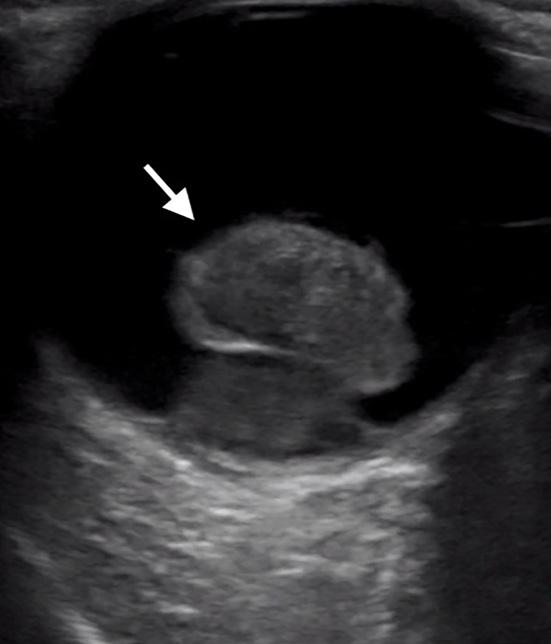Medical Legal Case Report
Three Cases of Emergency Department Medical Malpractice Involving “Consultations”: How Is Liability Legally Determined? Alaa Aldalati, MBBS* Venkatesh R. Bellamkonda, MD† Gregory P. Moore, MD, JD† Alexander S. Finch, MD†
*Mayo Clinic College of Medicine and Science, Mayo Clinic School of Graduate Medical Education, Rochester, Minnesota † Mayo Clinic College of Medicine and Science, Department of Emergency Medicine, Rochester, Minnesota
Section Editor: Melanie Heniff, MD, JD Submission history: Submitted April 17, 2021; Revision received July1, 2021; Accepted July 2, 2021 Electronically published August 4, 2021 Full text available through open access at http://escholarship.org/uc/uciem_cpcem DOI: 10.5811/cpcem.2021.7.52680
This article presents three successfully litigated medical malpractice cases involving emergency physicians and consultants. We discuss the respective case medical diagnoses, as well as established legal principles that determine in a court proceeding which provider will be liable. Specifically, we explain the legal principles of “patient physician relationship” and “affirmative act.” [Clin Pract Cases Emerg Med. 2021;5(3):283–288.]
INTRODUCTION Emergency physicians (EP) often consult other specialty services to assist in optimal patient care. Here we present three cases that involved consultation and ultimately resulted in successfully litigated malpractice cases. Many EPs and consultants are unaware of the legal principles that govern their liability if a lawsuit is pursued. Specifically, we clarify what defines a “patient physician relationship” and an “affirmative act” as well as the pathophysiology and risk management of the diagnosis in each case. Case 1: Sozomentou v Arfaras – Florida A 66-year-old man presented to an emergency department (ED) with chest pain. After examination by the EP he was evaluated with a chest radiograph. The EP interpreted the study as “within normal limits” and reviewed the radiologist’s interpretation of “top normal size heart with tortuous aorta.” The patient was subsequently admitted to the hospital with a diagnosis of chest pain and rule out myocardial infarction. That evening, he died from an aortic dissection (AD) with associated pericardial tamponade. A lawsuit brought against the EP and the radiologist claimed that the radiologist failed to recognize and suggest to the EP the possibility of an AD and the need for immediate computed tomography (CT) of the chest. A second claim alleged that the EP failed to include AD in the differential diagnosis and order a CT of the chest. The radiologist maintained that they did not Volume V, no. 3: August 2021
exclude the diagnosis and it is the EP’s duty to clinically provide appropriate care and orders. After deliberation, a jury awarded the plaintiffs $6.4 million; they assigned 2% of the amount to the radiologist, 80% to the EP, and 18% to the inpatient provider.1 Case 2: Estate of Fischel v Mujic M – New Jersey A 39-year-old man presented to the ED via ambulance complaining of difficulty breathing. An electrocardiogram (ECG) was done. The cardiologist who over-read the tracing reported findings consistent with myocardial infarction and communicated this with the EP. The EP discharged the patient with a diagnosis of bronchitis. The patient’s wife had delivered a son two days prior and was discharged from the hospital at the same time. The next day the man collapsed on the floor and cardiopulmonary resuscitation was initiated. An ambulance was called, but nevertheless he died. A lawsuit was brought claiming that the EP should not have discharged the patient, especially with the cardiologist’s interpretation of the ECG obtained in the ED. The cardiologist claimed the entire fault rested with the EP. The EP’s defense was that his care was reasonable and he was not informed by the cardiologist of his reading. The case was settled by the EP for $2 million.2 Case 3: Anonymous N.P. v Anonymous Physician Parents brought their three-year-old son to the ED complaining that he had put a watch battery in his nose. The 283
Clinical Practice and Cases in Emergency Medicine



















